LensCrafters 2011 Annual Report Download - page 28
Download and view the complete annual report
Please find page 28 of the 2011 LensCrafters annual report below. You can navigate through the pages in the report by either clicking on the pages listed below, or by using the keyword search tool below to find specific information within the annual report.-
 1
1 -
 2
2 -
 3
3 -
 4
4 -
 5
5 -
 6
6 -
 7
7 -
 8
8 -
 9
9 -
 10
10 -
 11
11 -
 12
12 -
 13
13 -
 14
14 -
 15
15 -
 16
16 -
 17
17 -
 18
18 -
 19
19 -
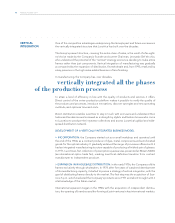 20
20 -
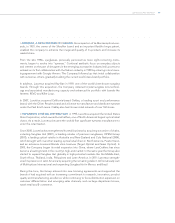 21
21 -
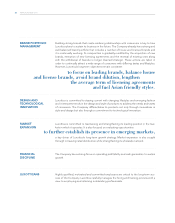 22
22 -
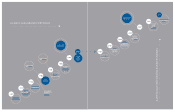 23
23 -
 24
24 -
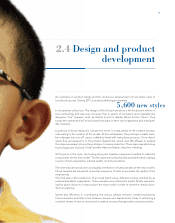 25
25 -
 26
26 -
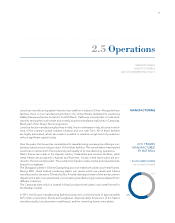 27
27 -
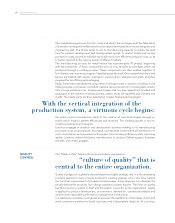 28
28 -
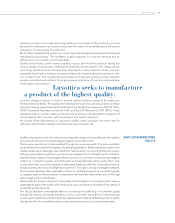 29
29 -
 30
30 -
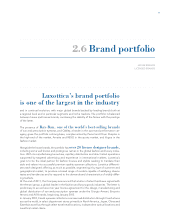 31
31 -
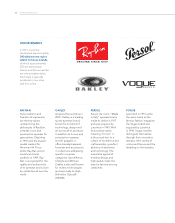 32
32 -
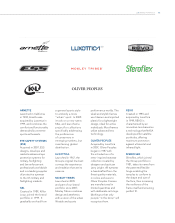 33
33 -
 34
34 -
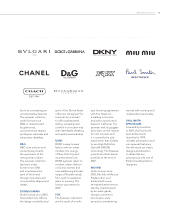 35
35 -
 36
36 -
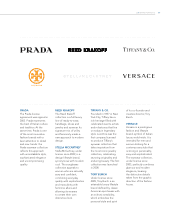 37
37 -
 38
38 -
 39
39 -
 40
40 -
 41
41 -
 42
42 -
 43
43 -
 44
44 -
 45
45 -
 46
46 -
 47
47 -
 48
48 -
 49
49 -
 50
50 -
 51
51 -
 52
52 -
 53
53 -
 54
54 -
 55
55 -
 56
56 -
 57
57 -
 58
58 -
 59
59 -
 60
60 -
 61
61 -
 62
62 -
 63
63 -
 64
64 -
 65
65 -
 66
66 -
 67
67 -
 68
68 -
 69
69 -
 70
70 -
 71
71 -
 72
72 -
 73
73 -
 74
74 -
 75
75 -
 76
76 -
 77
77 -
 78
78 -
 79
79 -
 80
80 -
 81
81 -
 82
82 -
 83
83 -
 84
84 -
 85
85 -
 86
86 -
 87
87 -
 88
88 -
 89
89 -
 90
90 -
 91
91 -
 92
92 -
 93
93 -
 94
94 -
 95
95 -
 96
96 -
 97
97 -
 98
98 -
 99
99 -
 100
100 -
 101
101 -
 102
102 -
 103
103 -
 104
104 -
 105
105 -
 106
106 -
 107
107 -
 108
108 -
 109
109 -
 110
110 -
 111
111 -
 112
112 -
 113
113 -
 114
114 -
 115
115 -
 116
116 -
 117
117 -
 118
118 -
 119
119 -
 120
120 -
 121
121 -
 122
122 -
 123
123 -
 124
124 -
 125
125 -
 126
126 -
 127
127 -
 128
128 -
 129
129 -
 130
130 -
 131
131 -
 132
132 -
 133
133 -
 134
134 -
 135
135 -
 136
136 -
 137
137 -
 138
138 -
 139
139 -
 140
140 -
 141
141 -
 142
142 -
 143
143 -
 144
144 -
 145
145 -
 146
146 -
 147
147 -
 148
148 -
 149
149 -
 150
150 -
 151
151 -
 152
152 -
 153
153 -
 154
154 -
 155
155 -
 156
156 -
 157
157 -
 158
158 -
 159
159 -
 160
160 -
 161
161 -
 162
162 -
 163
163 -
 164
164 -
 165
165 -
 166
166 -
 167
167 -
 168
168 -
 169
169 -
 170
170 -
 171
171 -
 172
172 -
 173
173 -
 174
174 -
 175
175 -
 176
176 -
 177
177 -
 178
178 -
 179
179 -
 180
180 -
 181
181 -
 182
182 -
 183
183 -
 184
184 -
 185
185 -
 186
186 -
 187
187 -
 188
188 -
 189
189 -
 190
190 -
 191
191 -
 192
192 -
 193
193 -
 194
194 -
 195
195 -
 196
196 -
 197
197 -
 198
198 -
 199
199 -
 200
200 -
 201
201 -
 202
202 -
 203
203 -
 204
204 -
 205
205 -
 206
206 -
 207
207 -
 208
208 -
 209
209 -
 210
210 -
 211
211 -
 212
212 -
 213
213 -
 214
214 -
 215
215 -
 216
216 -
 217
217 -
 218
218 -
 219
219 -
 220
220 -
 221
221 -
 222
222 -
 223
223 -
 224
224 -
 225
225 -
 226
226 -
 227
227 -
 228
228 -
 229
229 -
 230
230 -
 231
231 -
 232
232 -
 233
233 -
 234
234 -
 235
235 -
 236
236 -
 237
237 -
 238
238 -
 239
239 -
 240
240 -
 241
241 -
 242
242 -
 243
243 -
 244
244 -
 245
245 -
 246
246 -
 247
247 -
 248
248 -
 249
249 -
 250
250 -
 251
251 -
 252
252 -
 253
253 -
 254
254 -
 255
255 -
 256
256 -
 257
257 -
 258
258 -
 259
259 -
 260
260 -
 261
261 -
 262
262 -
 263
263 -
 264
264 -
 265
265 -
 266
266 -
 267
267 -
 268
268 -
 269
269 -
 270
270 -
 271
271 -
 272
272 -
 273
273 -
 274
274
 |
 |

28 ANNUAL REVIEW 2011
The manufacturing process for both metal and plastic frames begins with the fabrication
of precision tooling and molds based on prototypes developed by in-house designers and
engineering staff. The Group seeks to use its manufacturing capacity to reduce the lead
time for product development and thereby adapt quickly to market trends and contain
production costs, as well as maintaining smaller and more efficient production runs, so as
to better respond to the varying needs of different markets.
The manufacturing process for metal frames has approximately 70 phases, beginning
with the production of basic components such as rims, temples and bridges, which are
produced through a molding process. These components are then welded together to
form frames over numerous stages of detailed assembly work. Once assembled, the metal
frames are treated with various coatings to improve their resistance and finish, and then
prepared for lens fitting and packaging.
Plastic frames are manufactured using either a milling process or injection molding. In the
milling process, a computer-controlled machine carves frames from colored plastic sheets.
This process produces rims, temples and bridges that are then assembled, finished and
packaged. In the injection molding process, plastic resins are liquefied and injected into
molds. The plastic parts are then assembled, coated, finished and packaged.
the entire control of production leads to the creation of new technologies through re-
search which leads to greater efficiencies and revenues. The resulting growth in turn in-
creases investments and research.
Luxottica engages in research and development activities relating to its manufacturing
processes on an on-going basis. As a result, Luxottica has invested and will continue to in-
vest in automation and innovative technologies, thus increasing efficiency while improving
quality. Luxottica utilizes third-party manufacturers to produce Oakley apparel, footwear,
watches, and certain goggles.
The “Made in Italy” feature of Luxottica products represents a
Quality is judged on a global scale and assumes a highly strategic role. It is the underlying
principle applied in every process involved in creating eyewear and is the drive behind
the continual improvement of products and processes. A key objective is to develop the
people behind the products, from design experts to system experts. The focus on quality
has thus become a system in itself and the system covers the entire organization: quality
is applied to product development, procurement, distribution, operational analysis and
uniform and measurable performance management in the plants.
In a market as competitive and global as eyewear, the satisfaction of wholesale clients and
retail consumers is without a doubt a primary and indispensable objective. At Luxottica,
QUALITY
CONTROL
Withtheverticalintegrationofthe
productionsystem,avirtuouscyclebegins:
“cultureofquality”thatis
centraltotheentireorganization.
